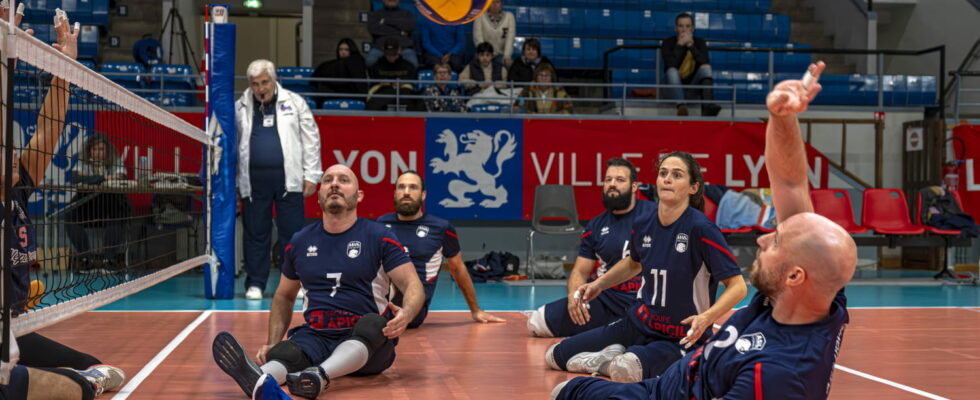Being a great athlete and having a disability does not necessarily allow you to participate in the Paralympic Games.
At the Paralympic Games, there are different categories within the same sport in order to allow for true fairness between athletes. A physical or mental disability is not the same for everyone and there could be injustices depending on the classification of disabilities in these different sports. The classification of an athlete is carried out by a group of specialists who assess their situation by asking themselves three main questions:
- Is the origin of the athlete’s disability compatible with one of the 10 categories defined by the International Paralympic Committee (IPC)?
- Does the athlete have the minimum disability required in the sport in question?
- Which competition category is best suited to the level of activity limitation observed for this athlete in this particular sport, possibly with this specific equipment?
For example, there is no category for hearing impairment, regardless of the discipline. A “logical” observation since deaf and hard of hearing people do not participate in the Paralympic Games, but in the Deaflympics (Olympic Games for the Deaf or World Games for the Deaf). “Within the deaf community, support for separate Games is overwhelming. Deaf people do not consider themselves disabled, especially physically. Rather, we consider ourselves part of a cultural and linguistic minority,” explains the International Committee for Sports for the Deaf.
The ten categories of disability, necessarily permanent
According to the French Paralympic team website, here are the different disabilities accepted to participate in the Paralympic Games.
- Loss of muscle strengthe: reduced capacity or inability for voluntary muscle contraction.
- Loss of passive joint mobility : decreased mobility or impossible passive mobility of one or more joints.
- Limb damage : total or partial absence of a bone or joint, congenital or resulting from trauma or disease.
- Leg length difference : legs of different lengths, resulting from a growth problem or trauma. In most Paralympic sports, the minimum difference allowed is 7cm.
- Small size : reduced lengths of the leg bones and/or trunk. A maximum height is set in the sports concerned. In athletics, for example, the maximum height is 1m45 for men and 1m37 for women.
- Hypertonia : increased muscle tension and reduced ability of a muscle to stretch following damage to the central nervous system.
- Ataxia : motor coordination problem following damage to the central nervous system.
- Athetosis : slow, continuous, involuntary movements.
- Visual Impairment : reduced or no vision due to deterioration of the ocular apparatus, optic nerve or visual cortex. The minimum visual impairment accepted is 1/10th of the better eye after correction or a visual field reduced to 20° maximum.
- Intellectual disability : intellectual disability and limitation of adaptive capacities, affecting the social, conceptual and practical skills necessary in daily life. This handicap must be present before the age of 18. The measurement of the Intelligence Quotient is one of the elements taken into account, the latter must not exceed 70.
